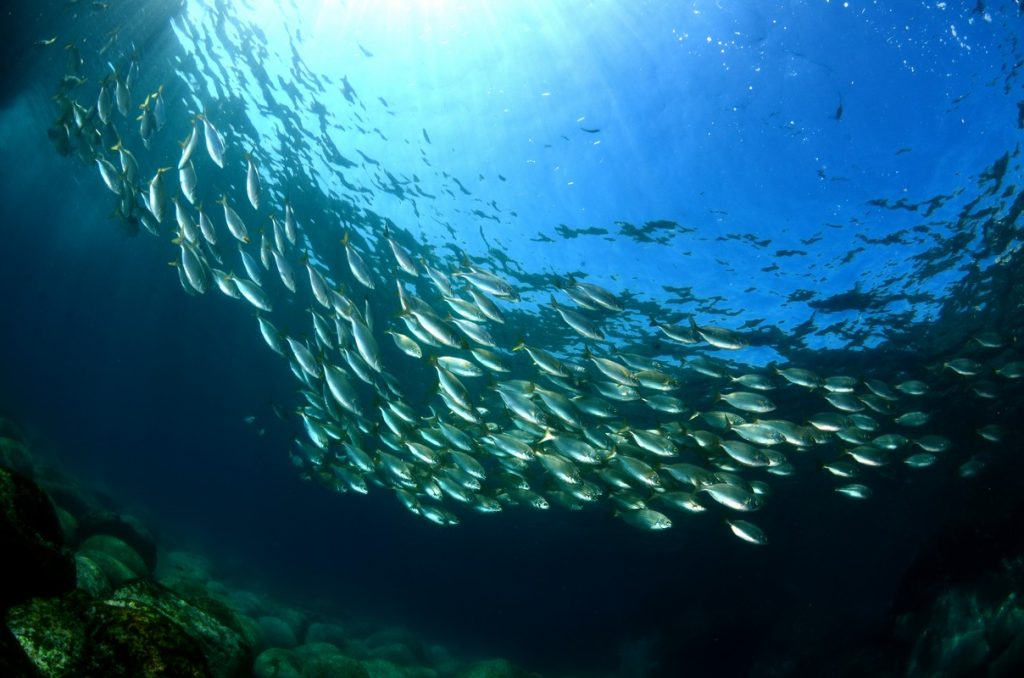This Wednesday, September 20, the European Union and 67 countries around the world signed the highly anticipated Treaty on the High Seas, also known as the “Treaty on the Protection of Biodiversity Beyond Areas of National Jurisdiction.” . “A historic treaty”, rejoiced the European Commission in a press release, “essential to protect the oceans, fight against environmental degradation and climate change and prevent the loss of biodiversity in the high seas”.
This signing took place on the sidelines of the 78th session of the United Nations General Assembly which is being held at the headquarters of the organization, in New York, from September 19 to 26, 2023. The text of the treaty was formally adopted by consensus on June 19, but required 60 ratifications to enter into force. It is now done. Nearly fifteen years of negotiations were necessary to see this process succeed. “The EU and its Member States played a decisive role in concluding the agreement,” welcomes the European Commission.
The high seas (or international waters) begin where the exclusive economic zones (EEZ) of States end, a maximum of 370 km from the coast. It is therefore not under the jurisdiction of any State. Considered a “global public good”, it represents almost half of the surface of the globe and 64% of the oceans. For a long time, it was ignored in the environmental fight: only around 1% of the high seas are protected today. It is this failure that the High Seas Treaty intends to remedy.
Next step: the effective entry into force of the treaty, hoped for June 2025, the date of the next United Nations conference on the ocean to be held in Nice. “Once it enters into force, the treaty will improve ocean governance in areas beyond national jurisdictions and create large-scale marine protected areas in the high seas,” indicates the European Commission.
This article is originally published on touteleurope.eu







